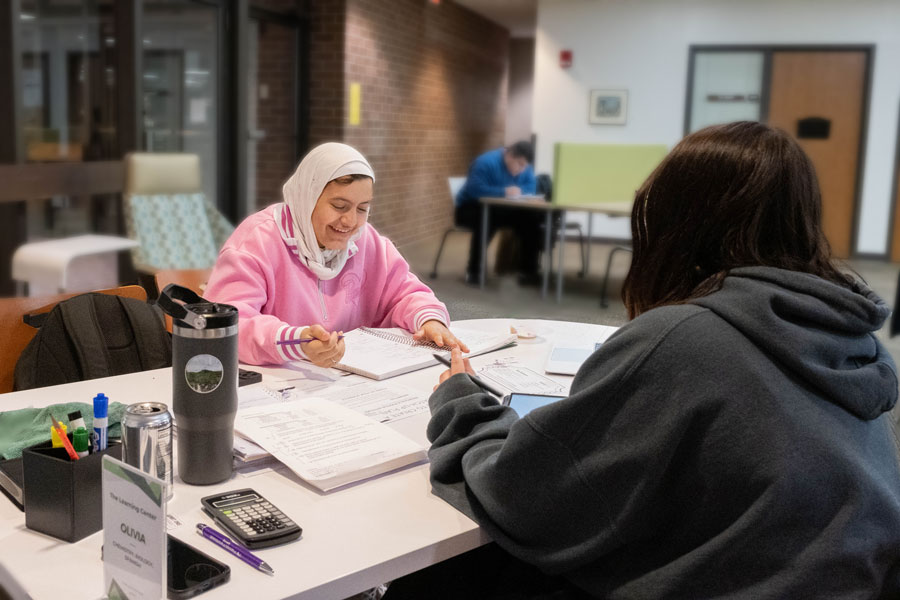
Empower Your Education
Receive free services to help you succeed in your college journey.
No matter your academic need, we're here to help! Engage with a tutor, work with an academic success coach or just drop in to study with friends. Our goal is for you to build confidence and connections to achieve success and eliminate barriers that may hinder your academic success.
Our Services
Besides helping you improve your grades, we want to encourage lifelong learning sharing specific skills that teach you how to learn and study effectively.
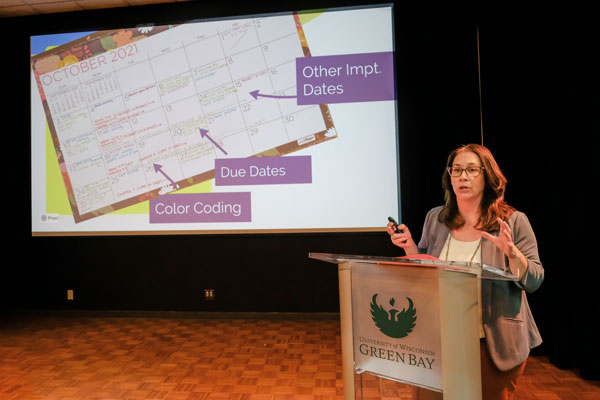
Academic Success Coaching
Get coaching for setting goals, building academic skills, and improving time management. A goal-oriented action plan will keep your classes on track and reduce your stress.
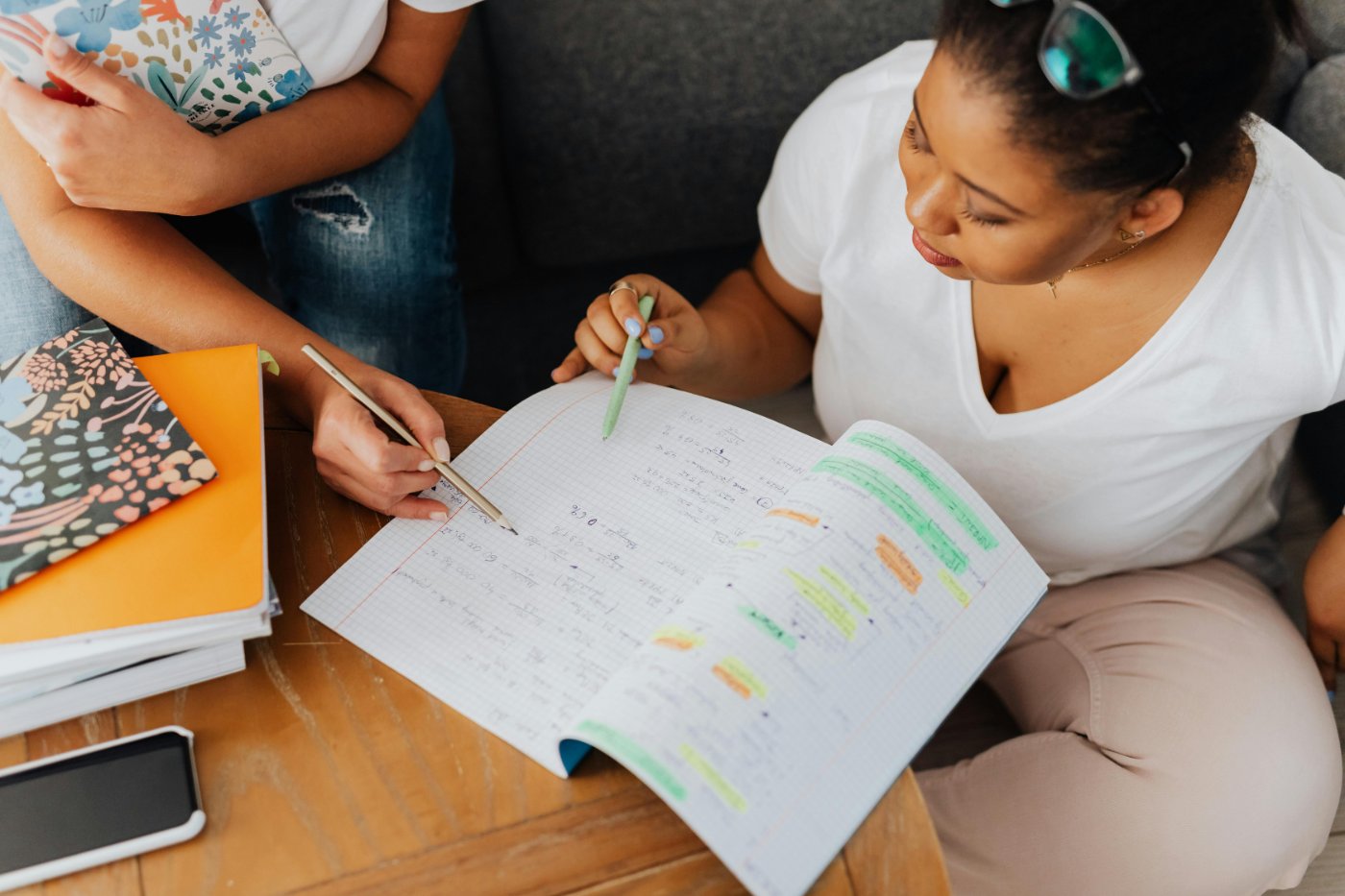
Tutoring
Work with a tutor to break down challenging content and gain a deeper understanding of your course material.

Writing Support
Every writer needs a reader. We can help students brainstorm, draft, and revise all kinds of writing projects.
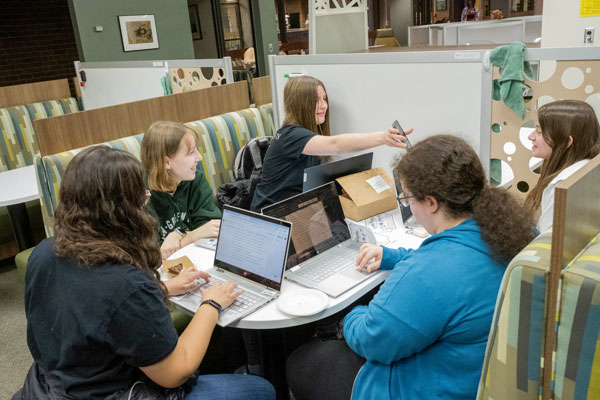
Accountability Groups
Use this dedicated time and space to complete your homework, with support from a group of your peers.
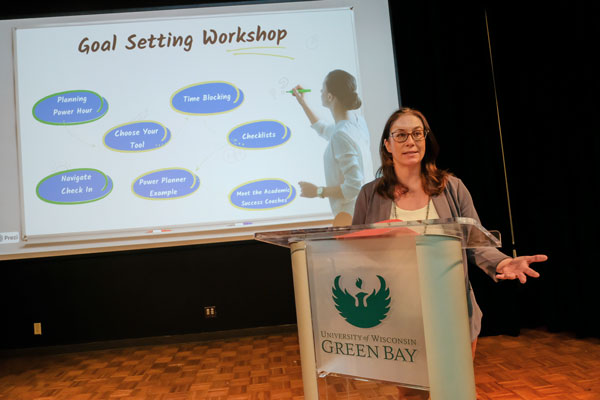
Workshops
The Learning Center offers workshops on a variety of topics to build your skills, such as navigating college life, avoiding cram, reducing test anxiety, managing your time, and writing college papers.

Instructor Resources
Learn how to recommend a tutor, refer students to the Learning Center and request workshops and class visits so your classes can learn about our services.
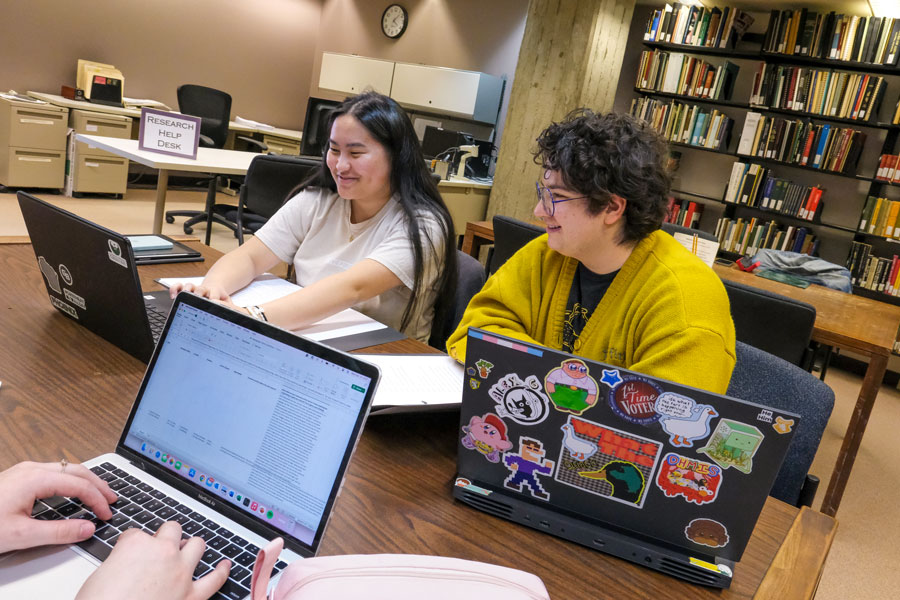
Work With Us
Earn money and gain professional skills.
Boost your resume while you help fellow Phoenix. You can work as a tutor in anything from accounting to writing, or improve efficiency in the center by being a front desk assistant.
Come & Get Stuff Done!
Drop in to the Learning Center! Here, you can use study resources like whiteboards, highlighters, textbooks, basic grammar guides and more.
Location
Green Bay
Cofrin Library, Room CL207
(adjacent to the Library Learning Commons)
Manitowoc, Marinette & Sheboygan
Download Navigate to schedule a virtual appointment with tutors or contact us.
Front Desk Hours
During Fall & Spring Semesters
Monday - Thursday
9 a.m. - 6 p.m.
Friday
9 a.m. - 2 p.m.
Saturday & Sunday
Desk is not staffed, but the room is open for studying!
During Breaks
Staff are available by phone or email.
Contact Us
Phone: 920-465-2958
Email: learningcenter@uwgb.edu
You can also download Navigate to schedule appointments for tutoring and coaching.
"[My tutor] was very helpful and I expected nothing less. I have met with her twice before for my other papers in Research and Rhetoric; she has been a critical part of my writing process each time. If a friend came to me asking for help with their paper, I would assist them where I could and point them to the Learning Center writing tutors for the rest."

Meet Our Staff
Our team in the Learning Center is here to support you and your success at UW-Green Bay. If you have questions, we're here to help!